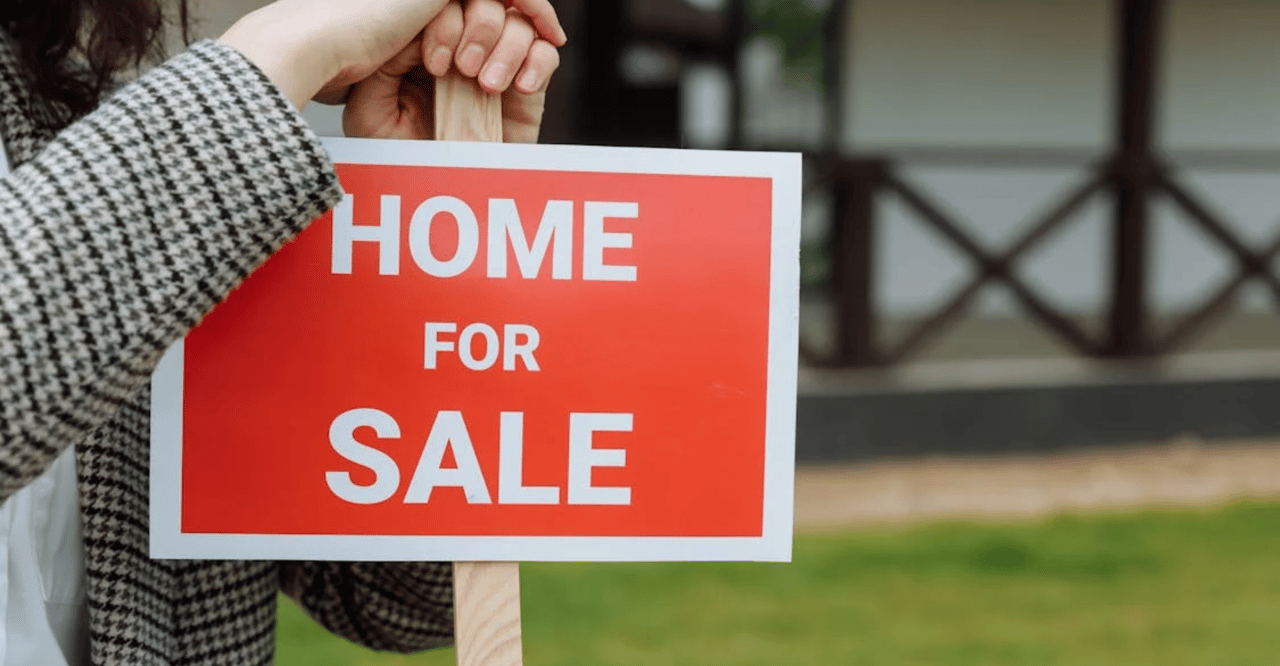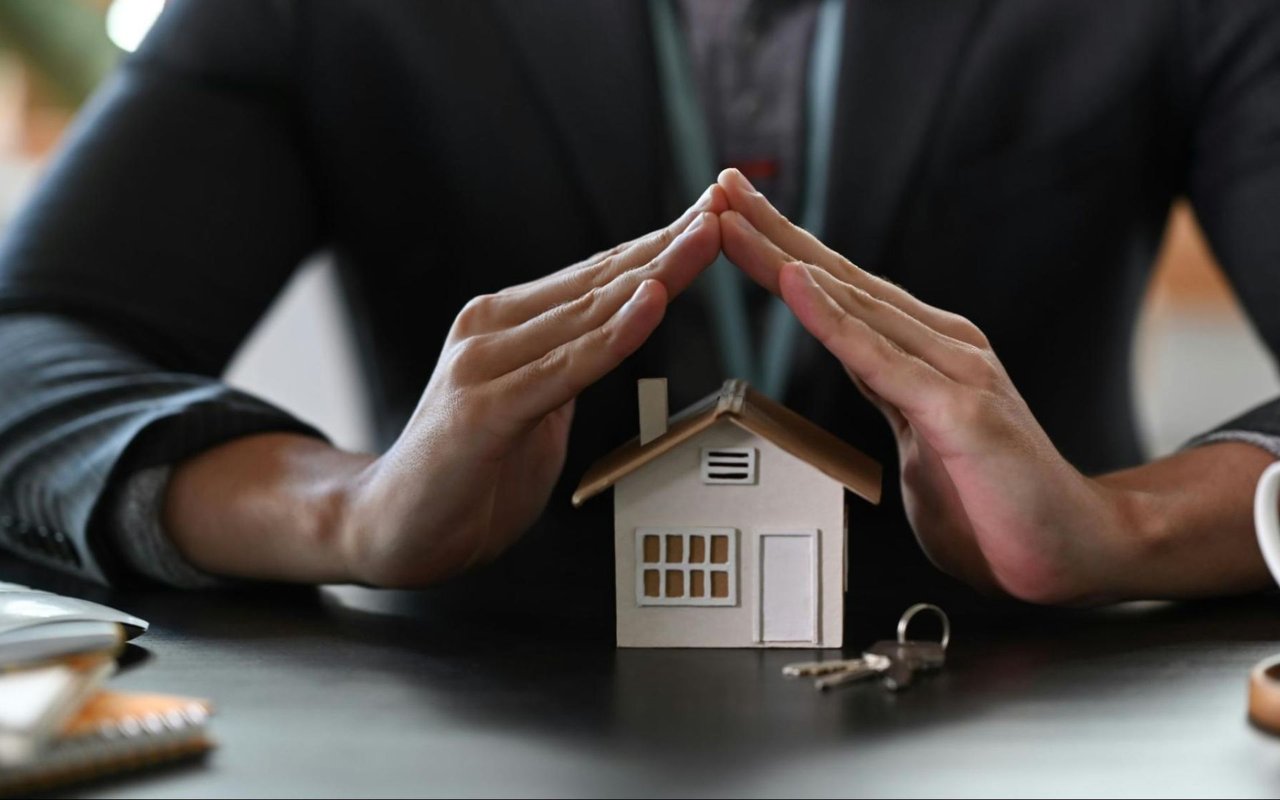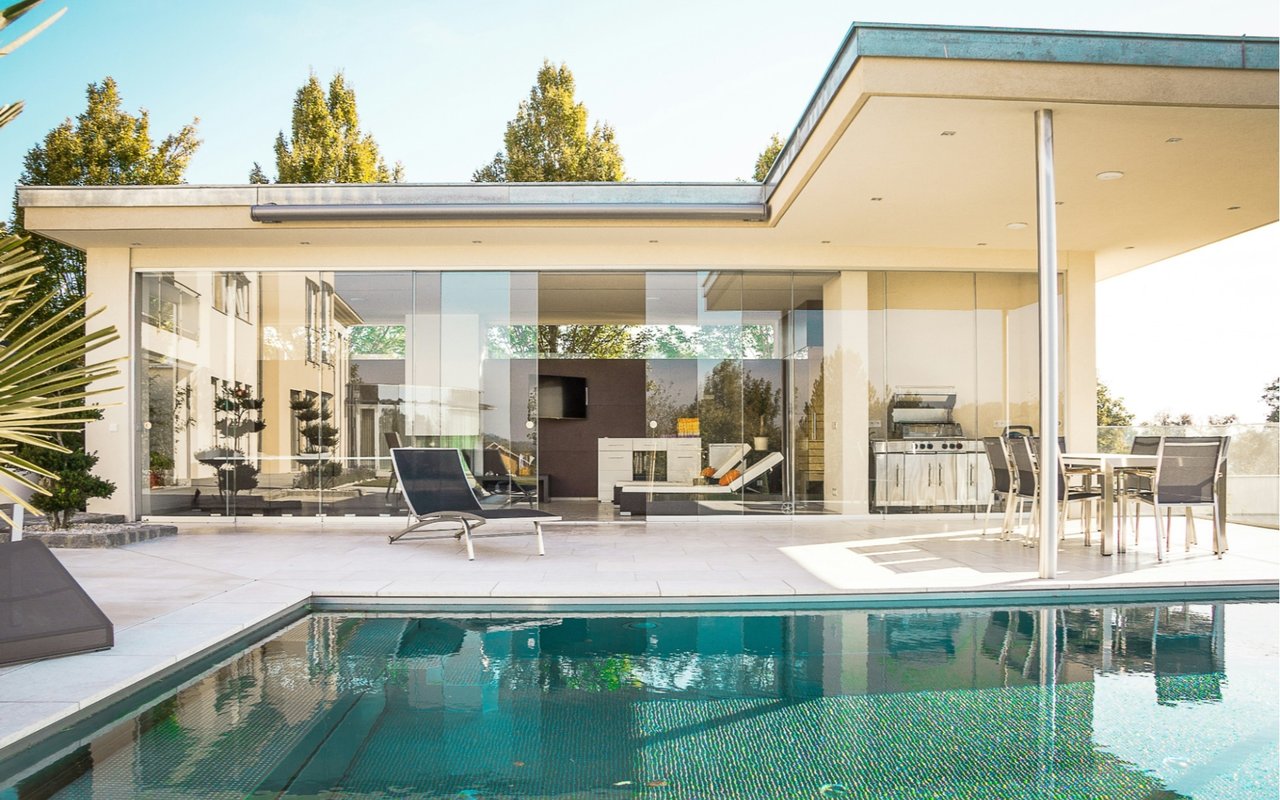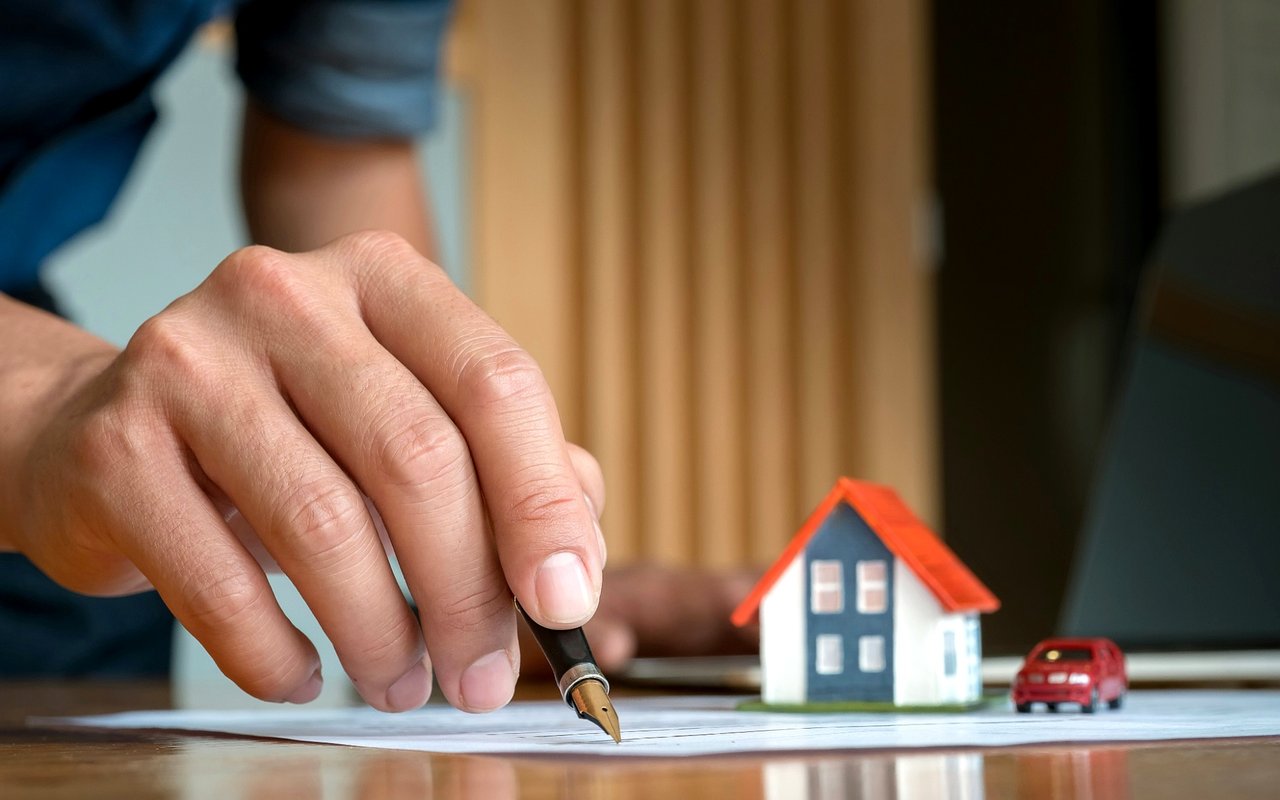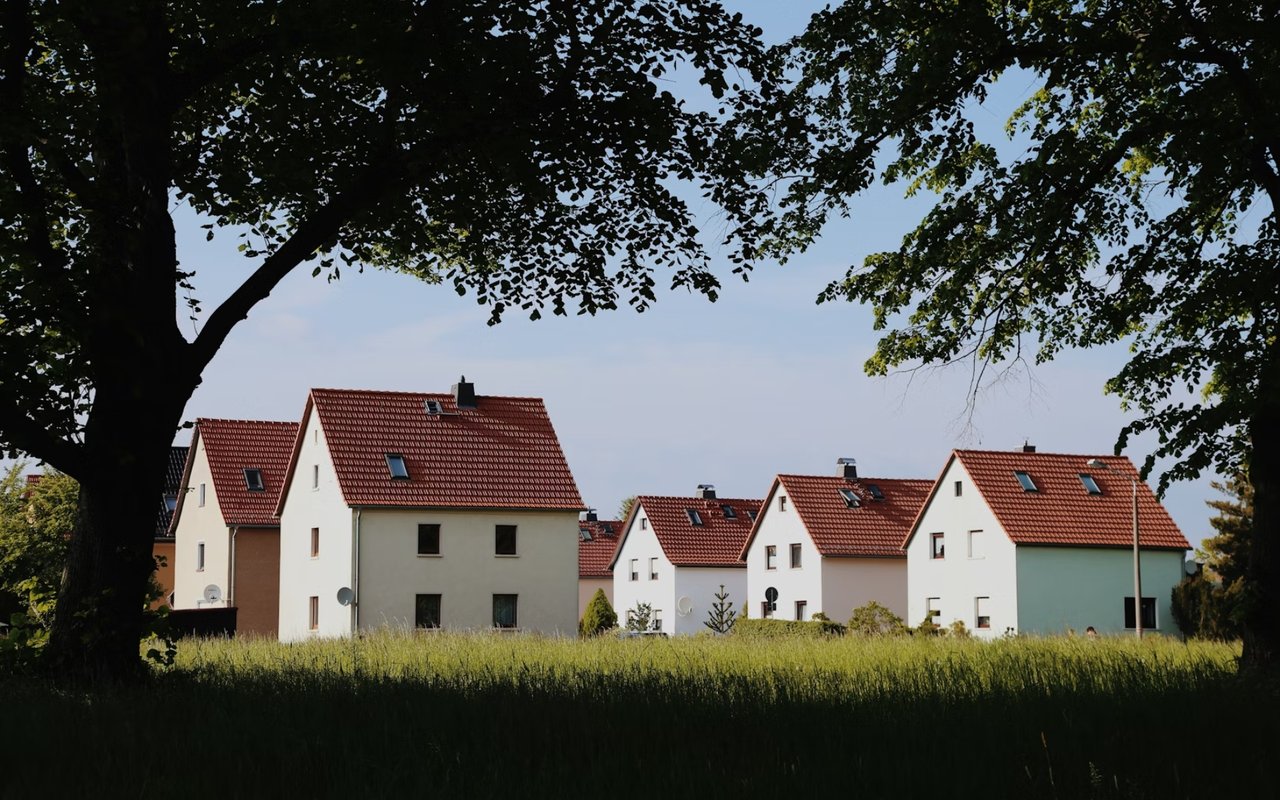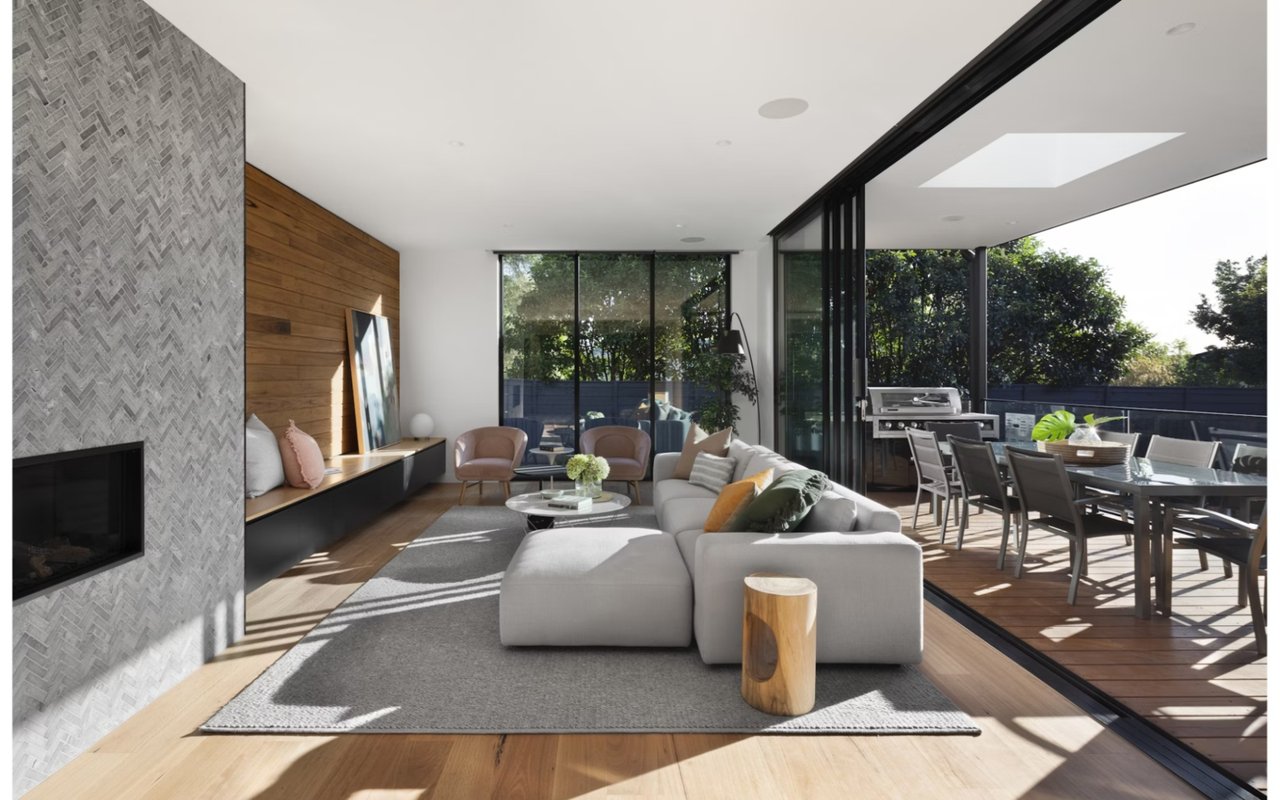Pricing a home for sale is one of the most critical steps in the selling process. Setting the right price can mean the difference between a quick sale and your home lingering on the market for months. In today’s dynamic real estate market, determining how to price a house for sale involves more than guessing or relying on sentimental value—it requires a combination of market research, professional insights, and strategic thinking. Whether you’re a first-time seller or have experience in the real estate world, understanding the nuances of pricing your home can ensure you attract the right buyers and secure the best possible outcome.
Understand the Local Market Conditions
The first step in setting the right price for your home is to understand the current state of the real estate market. Is it a seller’s market, where inventory is low and demand is high? Or is it a buyer’s market, where there are more homes for sale than potential buyers? Knowing where the market stands helps you position your home competitively.
Local factors, such as the average days on the market and recent sale prices of comparable properties, are crucial indicators of market activity. When determining how to price a house for sale, reviewing these factors will give you a clearer idea of what buyers in your area are willing to pay. Market trends may also vary seasonally, so aligning your pricing strategy with the market’s peak activity can work to your advantage.
Analyze Comparable Sales (Comps)
Comparative market analysis (CMA) is an essential tool for pricing your home effectively. By examining recently sold properties in your area that are similar in size, location, and features, you can get a sense of the price range that buyers are comfortable with.
When analyzing comps, focus on properties that have sold within the last three to six months, as older sales may not accurately reflect current market conditions. Pay attention to the details, such as upgrades, amenities, and unique features, as these can significantly impact a home’s value. For instance, if a comparable home with a recently renovated kitchen sold for a premium, this could guide your pricing if your property offers similar upgrades.
Balance Emotional Attachment with Market Realities
It’s common for homeowners to have an emotional connection to their property, but it’s important to approach pricing with a practical mindset. While sentimental value may make you feel your home is worth more, buyers focus on tangible aspects such as size, location, and condition.
One way to separate emotions from the equation is to look at your home objectively. Consider what a potential buyer might see when walking through your property. Highlight its best features, but also acknowledge areas that may need improvement. Setting a realistic price based on market data will help you avoid overpricing, which can deter buyers, or underpricing, which can leave money on the table.
Factor in Your Home's Unique Features
Your home’s unique features and upgrades can significantly affect its value. Whether it’s a remodeled kitchen, a spacious backyard, or energy-efficient appliances, these elements can differentiate your property from others on the market.
Consider how these features align with buyer preferences in your area. For example, homes with outdoor living spaces or modern upgrades may command a higher price in today’s market as buyers increasingly value lifestyle-enhancing features. Highlighting these attributes in your pricing strategy and marketing efforts can make your property stand out and justify your asking price.
Be Cautious of Overpricing
While it may be tempting to set a higher price to leave room for negotiation, overpricing your home can have unintended consequences. Buyers are often well-informed and may overlook properties they perceive as overpriced. Homes that sit on the market for too long may lead buyers to wonder if there’s something wrong with the property.
The key is to price your home competitively from the start. A well-priced home can attract multiple offers, potentially driving up the final sale price. Working with a real estate professional ensures your pricing strategy is rooted in data and market expertise, reducing the risk of overpricing.
Adjust for Market Trends and Timing
Market trends and timing play a significant role in pricing your home. During a hot market, you may have more flexibility to set a higher price, as buyer competition can drive up demand. Conversely, in a slower market, pricing your home slightly below market value may attract more attention and result in a quicker sale.
Seasonal trends also impact the real estate market. Spring and summer are typically active times for home sales, while fall and winter may see fewer buyers. Adjusting your pricing strategy to align with these trends ensures your home is positioned to attract interest when buyers are most active.
Consider the Cost of Selling
When determining how to price a house for sale, it’s important to factor in the costs associated with selling your home. These may include agent commissions, closing costs, and potential repairs or upgrades needed to prepare your property for the market.
Understanding these expenses helps you set a realistic asking price that accounts for your net proceeds. While it’s natural to aim for the highest possible sale price, balancing your expectations with the financial realities of selling ensures a smoother transaction.
Leverage Professional Expertise
Pricing a home is both an art and a science, and working with a real estate professional is one of the most effective ways to get it right. An experienced agent brings invaluable insights into local market trends, buyer behavior, and pricing strategies. They’ll conduct a thorough market analysis, provide data-driven recommendations, and guide you through the pricing process with confidence.
Your agent will also help you navigate challenges such as appraisals and buyer negotiations, ensuring your pricing strategy aligns with your goals. With their expertise, you can approach the selling process with clarity and maximize your home’s value.
Prepare Your Home to Match the Price
Once you’ve set the price for your home, the next step is to ensure your property is presented in its best light. Staging, decluttering, and making minor repairs can enhance your home’s appeal and justify your asking price.
Focus on creating a welcoming atmosphere that resonates with buyers. Highlight your home’s key features through professional photography, virtual tours, and detailed descriptions in your marketing materials. By aligning your home’s presentation with its price, you’ll create a cohesive and compelling package that attracts serious buyers.
Navigate the Real Estate Market with Confidence
Setting the right price for your home is a critical step in achieving a successful sale. With the right strategy, market knowledge, and professional guidance, you can position your property to attract the right buyers and maximize its value.
If you’re ready to explore how to price a house for sale in Atherton, CA, Scott Dancer is here to help. With years of experience and a deep understanding of the local real estate market, Scott provides personalized strategies to ensure your home is priced competitively and marketed effectively. Whether you’re selling a luxury estate or a family home, Scott’s expertise ensures a seamless selling experience.
Contact Scott Dancer today to get started on your home-selling journey!
*Header image courtesy of Pexels
